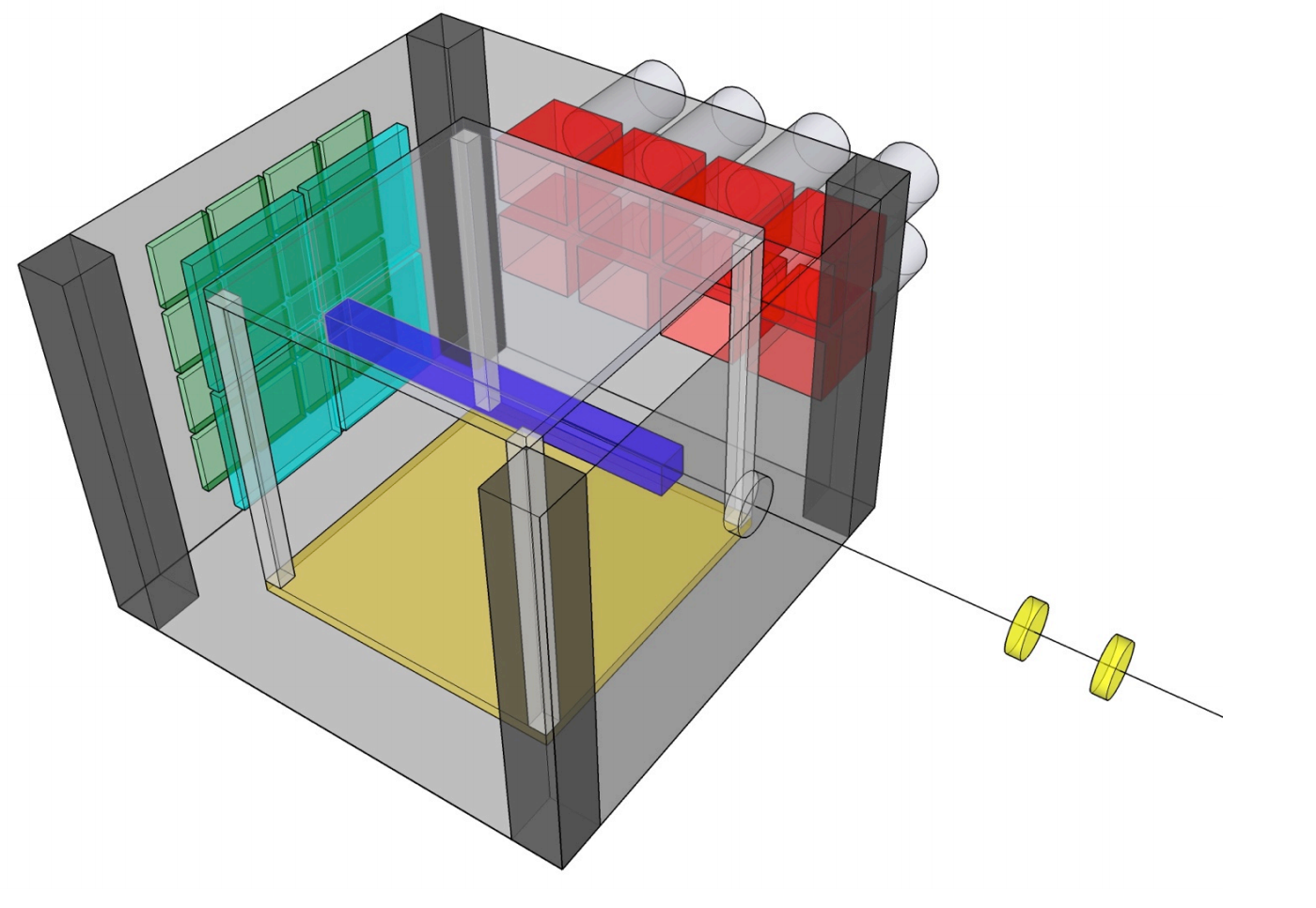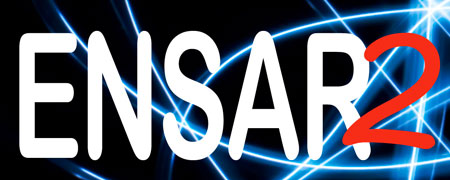ENSAR2 [Work Package 6]
The aim of the present network activity is to assemble and coordinate a large group of research collaborations that are in the process of developing new capabilities with gas-filled detection and active-target systems in the field of nuclear physics. Gas-filled time-projection chambers and active-target detection systems have found profitable applications in nuclear physics due to their high efficiency and ability to detect low-energy particles. Examples include the CENBG TPC, designed for studying 2-proton radioactivity and the active targets IKAR at GSI, MAYA at GANIL, and TACTIC at York/TRIUMF that are used for scattering and reaction studies over a wide range of energies. While these detectors have each been extremely successful, recent advances in high-density front-end electronics now permit very large numbers of channels to be read and processed. Smaller pixel sizes, higher data rate throughput, the ability to change gains and thresholds on a channel-by-channel basis, and software-level fully numeric triggering are some of the main advantages that next-generation detectors will have over previous ones. Between 2010 and 2013, new detector projects including MINOS, ACTAR TPC, and SpecMAT have all been funded through competitive grants awarded by the European Research Council (ERC) and together represent a total EU investment of nearly 4.4M€. These projects highlight the potential for these types of detection systems in nuclear physics and imply that the demand for a networking activity between these collaborations, and several others interested in using these technologies, is both essential and timely.
 Artistic view of ACTAR TPC with some ancillary detectors.
Artistic view of ACTAR TPC with some ancillary detectors.
This network activity will encompass all applications of gas-filled detectors and systems in the nuclear-physics community such as position-sensitive beam tracking and monitoring detectors, continuous-flow gas targets, high-rate gas counters, and gas-filled magnets and spectrometers. It aims to coordinate solutions towards several of the long- standing challenges that must be overcome before gas-filled detector systems can achieve their full potential. High- intensity beams in excess of 106 ion/s, large energy losses associated with heavy-ion beams, and large dynamic ranges are some examples. Requirements for new types of gases and mixtures will be coordinated including conceptual designs for integrated gas chambers and ultra-pure gas-handling and recycling systems for rare and expensive gases (such as 3He). Organisation of the needs for auxiliary detectors, such as scintillating materials and semi-conductor devices, that need to be operated inside the gas volume or within large magnetic fields will be studied. The GDS network will exchange information through dedicated workshops and topical meetings between physicists and engineers already working on these projects across Europe. It will assist and promote collaborations and personnel working on similar projects and will encourage the support and training of highly qualified personnel in this rapidly evolving field.
Coordinator: Thomas Roger (GANIL) Deputy coordinator: Fabiana GRAMEGNA (INFN) Involved partners:GANIL (Coordinator: Thomas Roger), INFN LNL (Coordinator: Fabiana GRAMEGNA), CNRS (Coordinator: Freddy Flavigny), KU Leuven (Coordinators: Tommaso Marchi, Riccardo Raabe), CEA SPhN (Coordinators: Alain Gillibert, Emmanuel Pollacco), USC GENP (Coordinator: Héctor Alvarez Pol)

